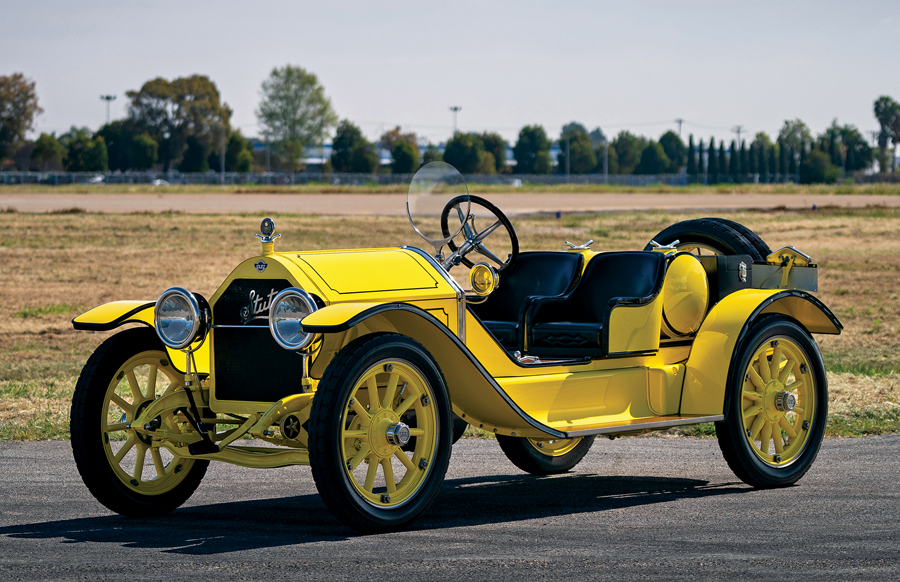- An authentic Bearcat, as noted by the late historian/restorer Paul Freehill
- Well-preserved, award-winning restoration
- Formerly part of the Charles LeMaitre and James Bradley Collections
- Open Best of Show and class winner at 2011 Ironstone Concours
- One of America’s earliest sports cars; a performance icon of its time
Chassis Number: 4F2658

